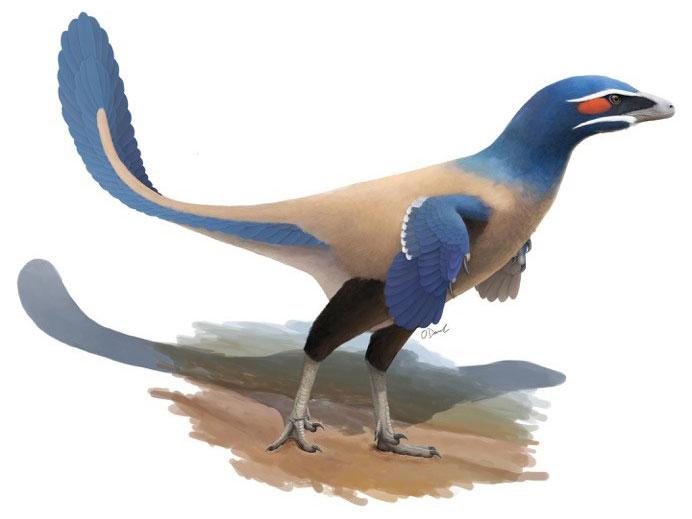Dinosaur that looked like a massive bird discovered in Canada
‘Fascinating’ creature was a relative of the ‘smartest’ dinosaur and the fearsome velociraptor

A bird-like dinosaur has been discovered in Alberta, Canada.
The creature, named Currie’s Alberta hunter, stalked the Red Deer River Valley about 71 million years ago, according to a paper published in the Canadian Journal of Earth Sciences.
It walked on two legs, was covered in feathers, grew to just under two metres long and would have weighed about 60kg. It is thought to have eaten a mixed diet of meat and plants.
Initially palaeontologists thought the fossilised remains belonged to its close relative, the Troodon, reputed to have been the cleverest of the dinosaurs because of the large size of its brain compared to its body.
However after analysing its bones they concluded it was a different species because of its shorter and more robust skull.
“The delicate bones of these small feathered dinosaurs are very rare. We were lucky to have a critical piece of the skull that allowed us to distinguish Albertaventaor [Alberta hunter] as a new species,” said Dr David Evans, of the Royal Ontario Museum, who led the research.
“We hope to find a more complete skeleton of Albertavenator in the future, as this would tell us so much more about this fascinating animal.”
An artist’s impression of what the dinosaur would have looked like suggested it would have looked a lot like a modern bird but very much bigger and with short, ineffective “wings”.
It had serrated teeth and was related to the velociraptor, a dinosaur made famous by the Jurassic Park movies.
The dinosaur was given the scientific name Albertavenator curriei in honour of Dr Philip Currie, a renowned Canadian palaeolotologist.
Its fossilised remains were found in the 1980s near the Royal Tyrrell Museum in Drumheller, Ontario, but it was only recently identified as a separate species.
The researchers said the discovery underlined the importance of re-examining museum collections.
Join our commenting forum
Join thought-provoking conversations, follow other Independent readers and see their replies
Comments